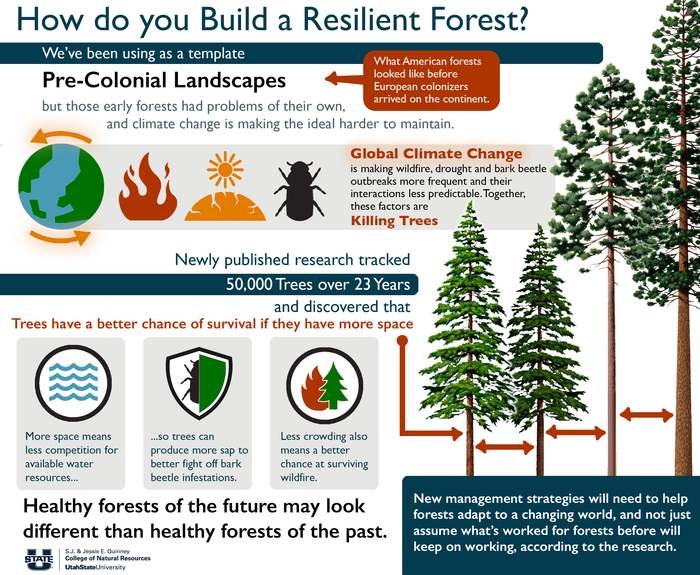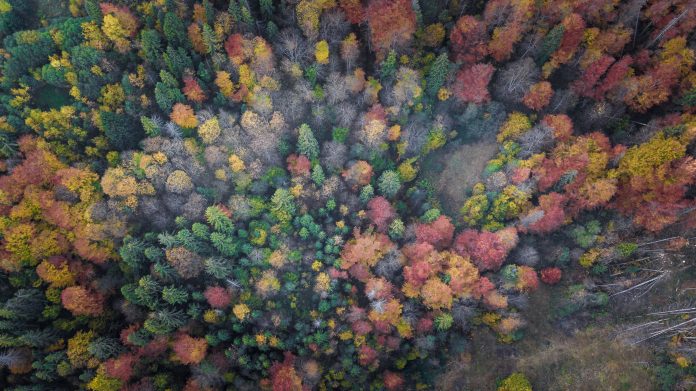Research suggests less crowded trees have higher chances of survival after fire, insect infestation and the ongoing march of climate change
The typical idealistic view of what a forest should look like, is one that looks similar to forests before European colonisation.
However environment and global warming changes mean that contemporary forests are being hit with unprecedented disturbances – such as fire, drought and insect invasions. They are unable to handle such disaster in their current condition.
Restoring earths forests
Attempts to restore Earths forests to their former glory in recent years have involved efforts to nudge the landscape back to this ‘natural state’ that we would have seen centuries ago.
However, new studies are suggesting a different format could be more effective.
Historical forest conditions are becoming increasingly hard to achieve in the modern world. According to Tucker Furniss and Jim Lutz from Utah State University’s Department of Wildland Resources, managers need to consider new strategies for building resilient forests
Through this study, researchers have been pointing out that in our current age of large-scale fires, forest-wide beetle invasions and frequent droughts – maintaining the previous historic conditions of the forests are becomes increasingly unrealistic.
Research has been showing that lower crowding and implementing – aka tree social distancing – can increase their chances of survival after fire.
Two long-term studies covering 23 years and and more than 50,000 individual trees are showing that chances for long-term tree survival increased when the trees were given more space – in reducing competition the trees were able to recover from fire more quickly.

Trees in crowded forests less tolerant of fire damage
The research team performed tens of thousands of post-martens on dead trees in the Sierra Nevada mountains to identify the cause of death. The data analysed found that trees in crowded forests were less tolerant of fire damage and were more susceptible to post-fire bark beetle attack.
More open forests enabled trees to tolerate higher levels of fire damage even when droughts were occurring.
It seems that alleviating the stress that occurs when close neighbours compete for limited water resources lets trees use sap to fend off beetle attacks and helps them heal after fire.
This research could prove instrumental in future environmental efforts to protect Earths’ forests around the world. Humanity needs to update ideas of what a forest should look like – in order to stop fires, droughts and big infestations from destroying them.











